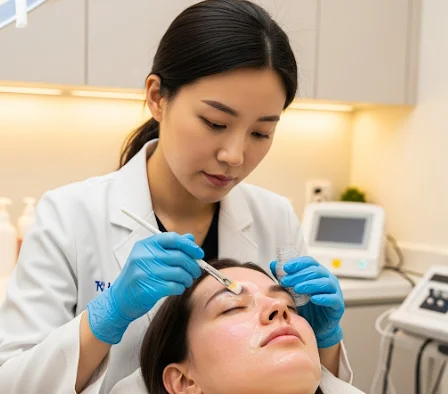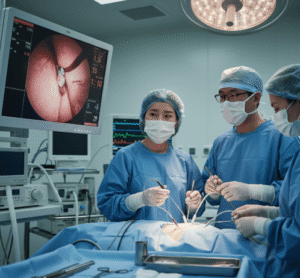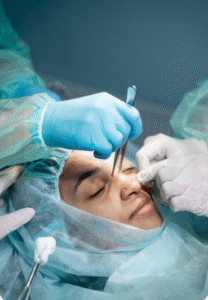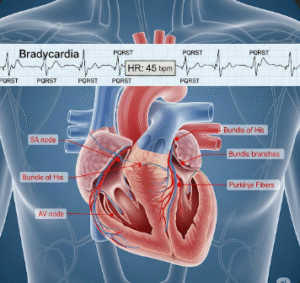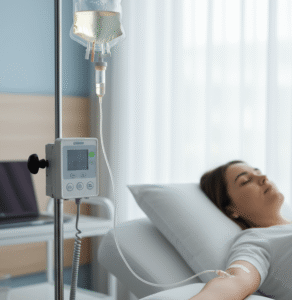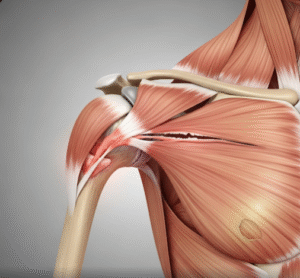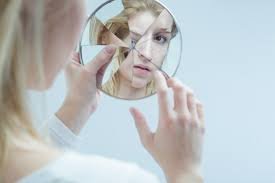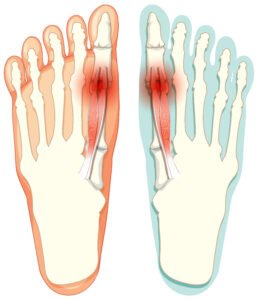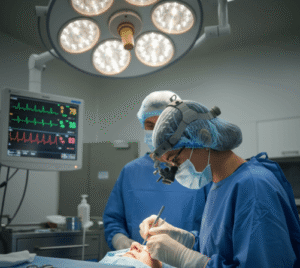What it is in Korea
➤ Salicylic peel in Korea is a professional chemical peel treatment that uses salicylic acid (a beta-hydroxy acid, BHA) to deeply exfoliate the skin, unclog pores, and treat acne-prone or oily skin.
→ As an oil-soluble acid, salicylic acid penetrates deep into sebaceous glands, making it particularly effective for blackheads, whiteheads, inflammatory acne, and excess sebum production.
✦ Korean dermatology clinics use salicylic peels at controlled concentrations (usually 20–30%), ensuring both safety and noticeable results.
✔ The procedure is popular not only among acne patients but also among those seeking smoother skin texture, smaller pores, and reduced pigmentation.
Why it’s done in Korea
▸ Medical reasons → Salicylic peels treat active acne, clogged pores, and post-inflammatory hyperpigmentation.
▸ Aesthetic reasons → In Korea, clear and refined skin is a cultural beauty standard, and salicylic peels help maintain a polished complexion.
▸ Preventive reasons → Regular treatments reduce future breakouts and balance oil production.
✔ Dermatologists in Korea recommend salicylic peels when:
- Standard skincare fails to control acne
- Blackheads and oily skin are persistent
- Post-acne dark spots remain visible
- Patients want gentle but effective exfoliation with minimal downtime
Alternatives in Korea
While salicylic peel is highly effective, Korean dermatologists may suggest alternatives or complementary treatments:
➤ Other chemical peels
- Glycolic acid peel → best for pigmentation and fine lines
- Jessner’s peel → combination formula for acne and scars
- TCA peel → deeper exfoliation for severe scarring
➤ Topical and oral options
✔ Retinoids → regulate cell turnover
✔ Benzoyl peroxide → reduces bacteria
✔ Isotretinoin → used for resistant or severe acne
➤ Procedural alternatives
✦ Laser therapy → improves acne scars and pigmentation
✦ Cystic acne injections → reduce painful nodules quickly
✦ Microneedling → stimulates collagen and repairs acne-damaged skin
Preparation in Korea
Before undergoing a salicylic peel, patients in Korea are usually advised to:
▸ Skin preparation
→ Stop using retinoids, scrubs, or exfoliants for at least 3–5 days before treatment.
→ Maintain a simple skincare routine with gentle cleanser and moisturizer.
▸ Lifestyle guidance
✦ Avoid excessive sun exposure or tanning.
✦ Hydrate well to improve skin resilience.
▸ Medical consultation
✔ Korean dermatologists carefully examine the patient’s skin type and acne severity.
✔ For sensitive skin, a patch test may be performed to avoid irritation.
How it’s done in Korea
The procedure is safe, quick, and usually completed in 20–30 minutes:
- Cleansing → Skin is thoroughly cleansed.
- Application → The dermatologist applies a controlled concentration of salicylic acid solution.
- Reaction phase → A tingling or mild burning sensation is common as pores open.
- Neutralization → The peel is neutralized and gently removed.
- Post-care → A soothing cream, hydration mask, or LED therapy is applied to calm the skin.
✔ In Korean clinics, salicylic peels are often combined with calming facials, sheet masks, or laser therapy to maximize results and minimize irritation.
Recovery in Korea
▸ Immediate phase (1–2 days)
✔ Mild redness, tightness, or dryness may occur.
✔ Makeup can usually be applied the next day.
▸ Short-term phase (3–7 days)
→ Slight peeling or flaking is normal as dead skin cells shed.
→ Patients are advised to use SPF 50+ sunscreen and gentle moisturizer.
▸ Long-term results (after multiple sessions)
✦ Significant reduction in acne, smoother texture, and lightening of dark spots.
✦ In Korea, dermatologists often recommend 3–6 sessions spaced 2–4 weeks apart for optimal outcomes.
Complications in Korea
Salicylic peels are safe in professional Korean clinics, but potential risks include:
➤ Mild side effects
- Temporary redness, stinging, or peeling
- Dryness if overused
➤ Rare complications
✦ Hyperpigmentation in sensitive or darker skin types (minimized with sun protection)
✦ Allergic reaction to salicylic acid (uncommon, but patch testing helps prevent it)
✔ Korean dermatologists take precautions by adjusting peel strength and combining it with post-care soothing treatments, greatly reducing risks.
Treatment Options in Korea
Korea is one of the leading destinations for chemical peels and acne care, offering advanced techniques and integrated aftercare.
➤ Top hospitals
- Seoul National University Hospital Dermatology → Provides salicylic peels as part of acne treatment programs
- Yonsei Severance Hospital → Uses medical-grade peels for acne and hyperpigmentation
➤ Private dermatology clinics (Seoul, Gangnam, Myeongdong)
✔ Oracle Skin Clinic, Banobagi Dermatology, ID Dermatology → Known for customized salicylic peels tailored to acne-prone or oily skin
✔ Many clinics include cooling masks, LED therapy, and hydration serums immediately after the peel to enhance healing
➤ K-beauty integration
✦ Clinics often recommend follow-up with non-comedogenic moisturizers, soothing essences, and barrier-repair creams to prolong results.
✦ Medical tourism packages include pre-consultation, English support, and aftercare skincare sets.
Conclusion in Korea
➤ Salicylic peel in Korea is one of the most effective treatments for acne-prone and oily skin, offering both medical and cosmetic improvements.
→ It provides deep cleansing of pores, reduction of acne breakouts, and gradual improvement in pigmentation.
✦ With Korea’s world-class dermatology expertise, advanced skincare integration, and emphasis on scar prevention, salicylic peels are a safe, reliable, and globally sought-after solution for clear and radiant skin.

